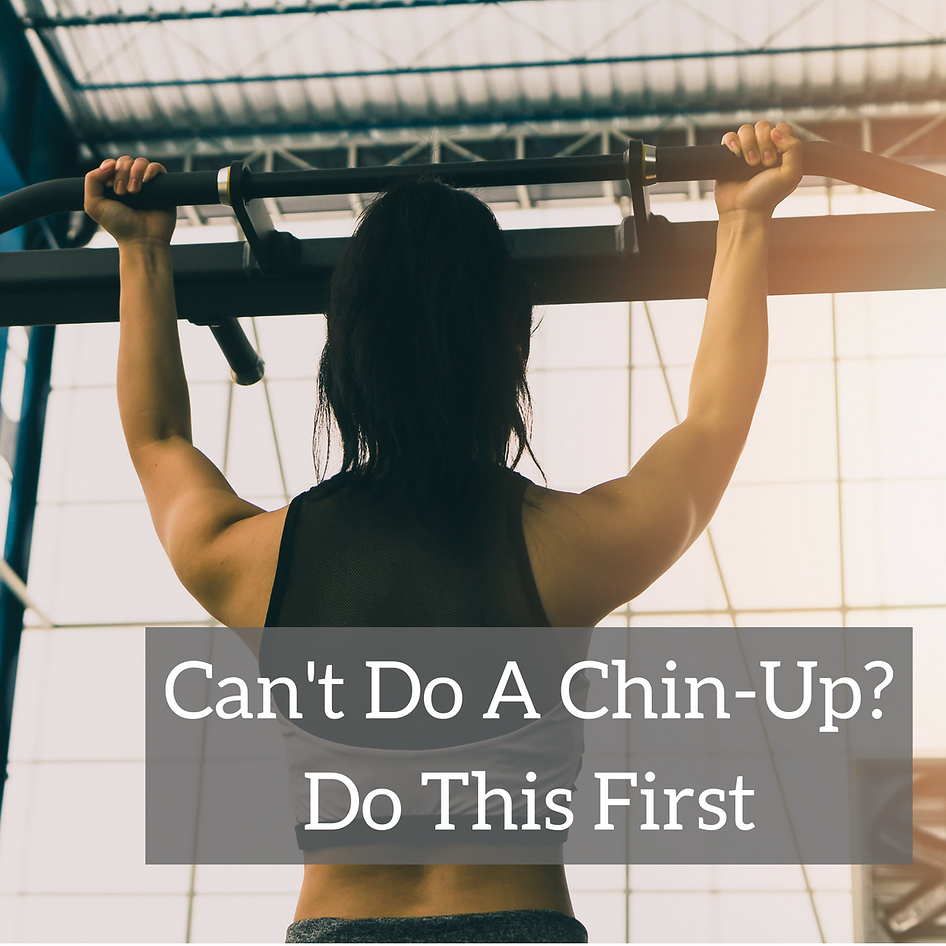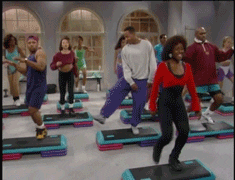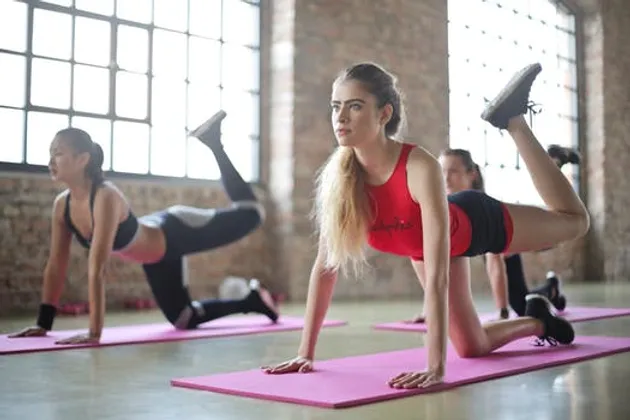
Why is every store suddenly selling Kombucha?
Why are there probiotics in everything these days?
It’s all about gut health. Gut health is a relatively new topic in the health and wellness space. Research is showing that it has a huge impact on most every facet of your health: susceptibility to autoimmune diseases, obesity, fertility, the list goes on and on. (1)(2)(3)
Gut health and obesity is especially interesting.
Here’s what’s up in your gut….
Your gut is full of trillions of bacteria microorganisms. The “gut microbiome”. All these microorganisms make up a whole ecosystem in your belly. This ecosystem can be helpful (doing things like improving digestion, or strengthening the immune system) or harmful (doing things like causing bloating, gas, and diarrhea) depending on the balance of different bacteria.
Let’s talk about the microbiome and obesity specifically.
Some interesting studies show that the gut microbiome may have a huge effect on your weight.
Exhibit A: Scientist took bacteria from two different strains of mice: one strain that stays naturally lean, and one strain that naturally becomes naturally obese. They then cloned mice in a germ-free environment. One group of cloned mice was given the obese gut bacteria, the other the lean bacteria.
The cloned mice that received the lean bacteria stayed lean. The mice that received the obese bacteria became obese. All despite eating the exact same diet.
Basically, some mice were determined to have “lean microbiota” and some had “obese microbiota”. (4)
This same concept has been shown with humans. Lean people’s gut flora consistently looks much different than obese people’s.
Of mice and men
Let’s look at another study. This time, scientists took a pair of identical human twins. However, one twin was lean and healthy, the other obese. Scientists again cloned “germ-free” mice in completely sterile conditions.
One group of mice received the obese twins flora, the other the lean twins flora. They were then fed the same food in the exact same amount.
Guess what happened?
Again, the mice with the obese twin’s flora became overweight.
Even crazier, in the same study some of the mice that had their bellies populated with the obese flora were actually able to stay thin… by eating the excrement of the thin mice, allowing them to repopulate their guts with the “thin” flora. (5)
Gut health is still an area we don’t know lots about. But it has consistently been shown that healthy people have lots of diverse, healthy bacteria in their gut.
Increasing the diversity of your gut flora is important to staying lean and healthy, whereas reducing the diversity of your gut flora promotes obesity.
How To Get Your Gut Healthier
Both the number and diversity of microbes in our gut is directly influenced by our diet. Our gut microfloral depends on fiber to feed on.
Fiber, the stuff highly processed foods are basically void of.
The traditional Western diet is super low in fiber, which significantly inhibits the guts ability to grow healthy bacteria.
Your prescription: Quit eating so many processed foods. Eat a diverse diet focused on nutrients dense foods. Lots of different fruits, veggies, and fermented foods.
Antibiotics have also been shown to wreak havoc on the microbiome (although they’re sometimes necessary).
Gut health is important, but taking a probiotic isn’t a one stop shop to weight loss. Eat a diverse and nutrient dense diet, in a calorie deficit. Weight loss will come.
Sources:
-
https://www.sciencedaily.com/releases/2017/10/171023094458.htm
-
https://www.ncbi.nlm.nih.gov/pubmed/27255389
-
https://www.ncbi.nlm.nih.gov/pubmed/26911864
-
https://www.ncbi.nlm.nih.gov/pubmed/20368178
-
https://www.ncbi.nlm.nih.gov/pubmed/24009397
























